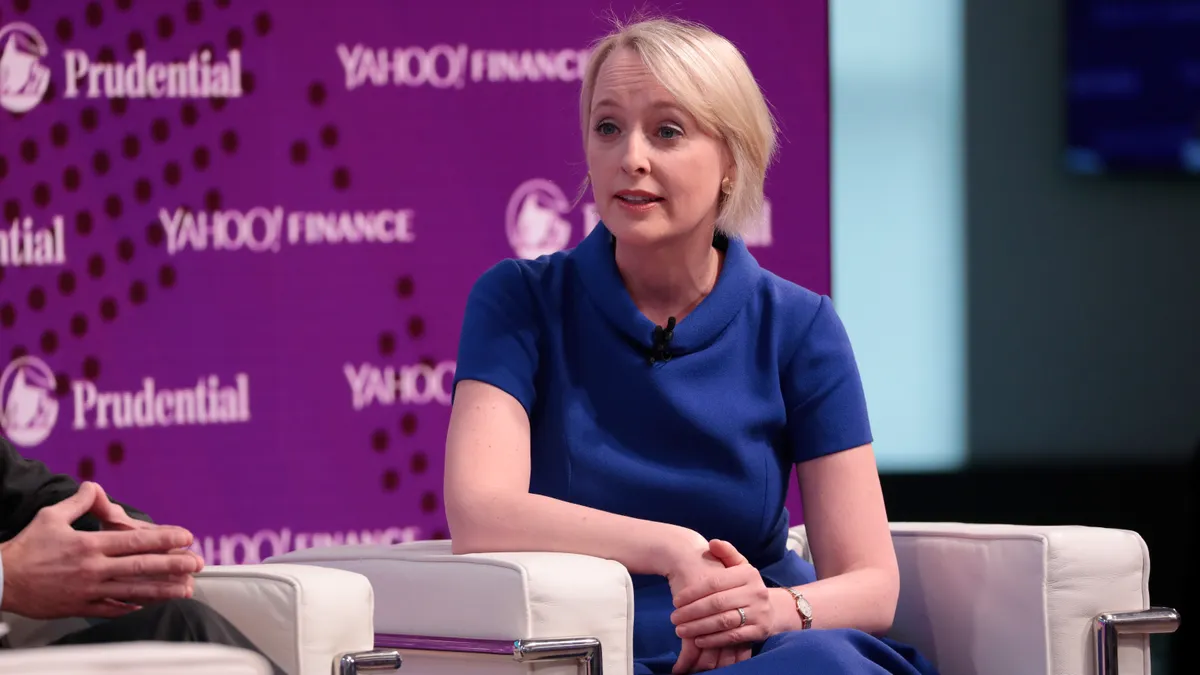After roughly two years of experimentation and evolution, remote work is no longer the curiosity it once was. It has been framed simultaneously as a useful perk for attracting scarce talent and as a culture killer; it is seen as an excuse for lazy employees to slack off and as a productivity-boosting necessity for the future of work.
Weeks ago, HR leaders saw this emerging dichotomy play out in the form of two similar, yet divergent, emails from CEOs at big-name technology companies.
On May 31, Tesla CEO Elon Musk sent what may be the more discussed of the two messages. With a subject line of “Remote work is no longer acceptable,” Musk all but outlawed remote work for Tesla executives, stating that those who wished to work remotely must work in the office for a minimum of 40 hours per week or otherwise leave the company, according to screen captures of the email shared on Twitter.
Elon to Tesla team: no more remote work pic.twitter.com/aSmZAAOm7G
— Whole Mars Catalog (@WholeMarsBlog) June 1, 2022
“This is less than we ask of factory workers,” Musk said. “If there are particularly exceptional contributors for whom this is impossible, I will review and approve those exceptions directly.”
Asked by Twitter users how he would respond to those who objected to coming into the office, Musk doubled down on his stance with a tweet of his own.
They should pretend to work somewhere else
— Elon Musk (@elonmusk) June 1, 2022
Though not the only sweeping statement made about remote work in recent months, Musk’s email also was notable for being sent just over one month after a remote work policy email sent to Airbnb employees by company CEO Brian Chesky.
Chesky, who took a more favorable approach to the subject, acknowledged that remote work may induce anxiety and cause teams to wonder whether employees were still getting work done. Similarly, he wrote about the “meaningful human connection that only happens when people come together,” and the tension between work and life. But Chesky also made sure to give credit to employees for the work they did while remote.
“For me, it’s simple: I trust you, and flexibility only works when you trust the people on your team,” Chesky wrote. “You’ve shown how much you can accomplish remotely. In the last two years, we navigated the pandemic, rebuilt the company from the ground up, went public, upgraded our entire service, and reported record earnings, all while working remotely.”
‘That was a choice’
Trust is one of the themes HR executives who spoke to HR Dive cited in their assessment of the two messages. Meredith Graham, chief people officer at information technology services firm Ensono, said she felt Musk’s email was not only shortsighted from a recruiting standpoint, but also a sign that the Tesla CEO “clearly does not trust his staff.”
“I read [Musk’s email] and I was like, that was a choice,” said Paul Rubenstein, chief people officer at people analytics firm Visier. “It was a statement of how someone believes in their employees and whether they believe in extrinsic or intrinsic motivation as it pertains to their employees.”
Tesla did not respond to an HR Dive request for comment.
Research shows remote work has not worked for all employees. A 2022 report by Washington State University’s Carson College of Business found that 38% of Pacific Northwest employees said that ongoing remote work had negative impacts on collaboration and teamwork. The researchers also found that Generation Z respondents were most likely among age cohorts to feel that their career growth had been stifled due to the lack of an in-office experience.
Still, there is a difference between a desire to return to the office and being forced to do so, especially in an era where the balance of the employee-employer relationship has shifted, Rubenstein said. A mission-driven culture that connects with employees’ intrinsic motivation, he added, can form a more lasting connection than one that relies on extrinsic factors; “You can only pay so much for the pain of working for an asshole,” Rubenstein said.
Graham said Chesky’s email was “the exact opposite” of Musk’s, as the Airbnb CEO gave parameters and a detailed rationale for the company’s decision to move forward with both in-person and remote-work options.
Rubenstein noted that reaction to Musk’s tweet was one of a series of stories sensationalizing progressive and regressive workplace decisions that make for good news, but otherwise may be outliers compared to the majority of cases.
“It creates an echo chamber for employees,” he said. “We live in an age where workplace communications are public news and become part of your brand.”
That may be all the more reason for companies to be wary of emulating Musk’s curtness, though Tesla has purportedly published in the past HR documents that take a similarly direct tone with employees.
A reasonable request?
Employers may be more receptive, however, to Musk’s allusion to Tesla’s factory employees and the time that they spend doing on-site work. Rubenstein said he has talked to many firms that employ both front-line and non-front-line workers that have told the latter group to come back to the office as a form of solidarity with their co-workers.
Musk also is not alone among executives in insisting that employees come back to physical work sites. “I said something very similar to our employees,” Rubenstein said. “If never coming to the office is something you desire, then Visier’s not the place for you.”
But Visier has framed the act of coming into the office as part of employees’ commitment to their fellow workers, he added, as well as a tactic that can help employees create separation between their work and home lives. That type of messaging may appeal to employees who report being emotionally exhausted by remote and hybrid arrangements.
Visier opened its offices with a policy that if workers wanted to come back, they were welcome to. Since this policy began, Rubenstein said he has seen the number of days remote employees spend in-office tick upward, closer to two days per week on average.
The presence of employees who cannot work remotely also does not necessarily mean employers need to crack down on flexibility. Graham said while Ensono does have employees who need to physically perform their duties at facilities like data centers, these employees “understood that their work that they do requires this, and we supported them with that.” Moreover, team leaders show up to the facilities with their associates, she added.
Overall, Rubenstein said employers seeking to communicate a return-to-office should ensure that in-person work is something that adds to workplace culture, rather than a punishment or a litmus test of whether an employee is productive.
“To many people, if you’re not in the office, you’re not working,” he continued. “That’s a specific headspace. It doesn’t scream trust and empowerment.”
Bottom line: Have the courage to lead
There is more that HR can do to ensure that teams, whether they are remote, in-person or somewhere in between, function smoothly. Graham said it is up to leaders to ensure workers still have the opportunity to participate in collaborative sessions that allow creativity and innovation. Even remote teams can have regularly scheduled in-person moments over the course of a month or quarter.
“Remote doesn’t mean you’re never in the office,” Graham said. “It means you’re primarily remote and occasionally in the office.”
And if leaders begin to notice that an employee’s productivity is slipping, they need to have a metric to point to, such as project completions, product launches or time records, when engaging the employee about how to make adjustments, she continued.
Employers also need to make clear to employees why they believe a certain course of action, such as requiring in-person work, is the right call, Rubenstein said. One way of doing so may be to tap into the collaborative and collective nature of in-person work, rather than something more punitive, he added, even if some employees disagree.
“Even with our flexible policy, we got noise,” Rubenstein said. “But find your principles, and stick to them.”




















